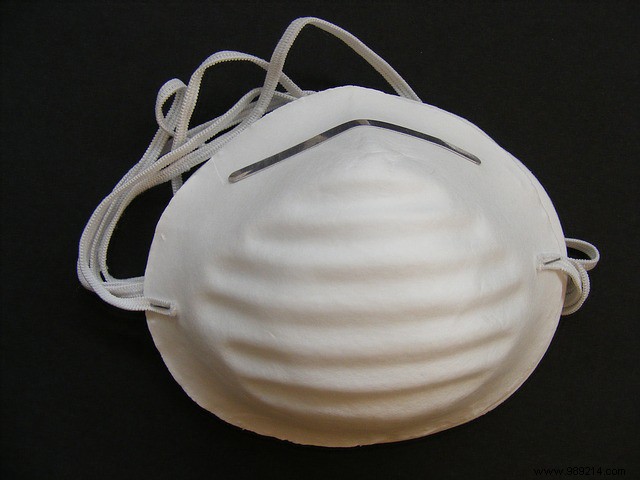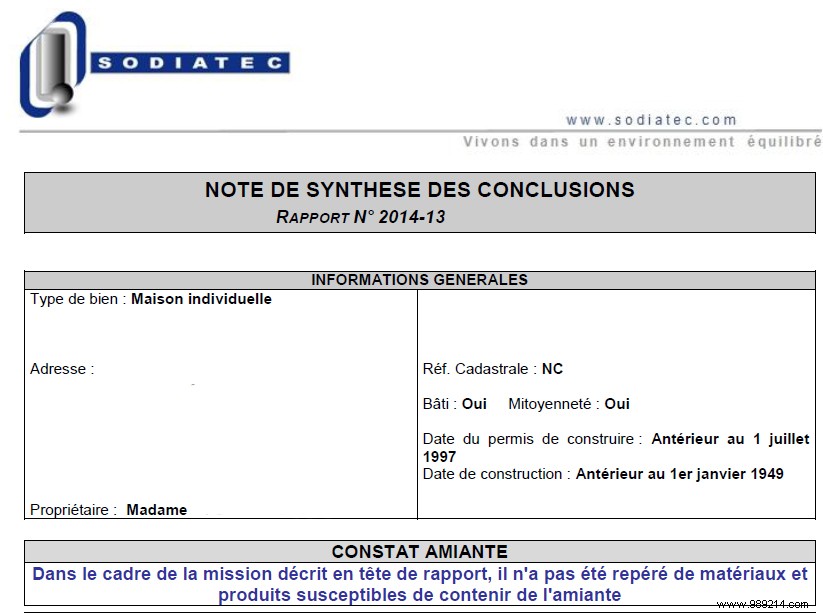
Asbestos is a mineral with a fibrous structure which is dangerous for health. If previously its use was free, the year 1997 marks its ban. However, asbestos can still be found in some old appliances still used around the house such as hair dryers, toasters, stoves, old fireplaces and many more.
If your home was built before 1997, chances are it has a lot of asbestos exposure. The use of asbestos in houses was encouraged for the many advantages it presented, in particular for its thermal and acoustic insulation qualities and its excellent fire resistance, at a lower cost. From now on, you will have to seek the advice of an expert if you have any doubts about the presence of asbestos in your home.
Very cheap and multifunctional, the use of asbestos was widespread in the manufacture of various products. In the field of construction, asbestos has been used in the manufacture of false ceilings, glue or putty, in piping and also in flooring.
Extremely fine, its fibers are dangerous for health because they can easily reach the pulmonary alveoli. Since the fibers are too resistant to be destroyed by our natural defences, inhaling them can cause serious illnesses such as respiratory failure, fibrosis and lung cancer.
However, the most serious illnesses are linked to everyday occupational exposure such as plumbing, heating and carpentry. Non-occupational exposure is mainly linked to emissions from construction materials of houses built before 1997.
In addition, asbestos can be found on fabrics such as oven mitts, table covers and clothing. These can release asbestos fibers when bent or rubbed. If your old household appliances wear out, do not hesitate to part with them.

If you have any doubts about the presence of asbestos in your home, do not hesitate to call an expert. The diagnosis will tell you if you need to carry out work to eliminate the emission of asbestos fibers. Anyway, if you buy a house built before 1997, an asbestos report carried out by a professional certified by an organization accredited by the French Accreditation Committee (Cofrac) will be mandatory.
If it concerns the removal of asbestos cement in small quantities, you can do the work yourself. In this case, be sure to protect yourself with a mask and gloves, do not vacuum but moisten the room by cleaning it with a cloth, dispose of waste in regulatory bags including gloves, mask and clothing used. You will then have to throw them in specialized recycling centers and not in your trash. For their transport, it will be necessary to provide a closed packaging and to affix the mention "asbestos" on the bag.
In the case of structural work, the first thing to do is to seek the services of a professional. Indeed, several safety standards must be respected when handling asbestos.